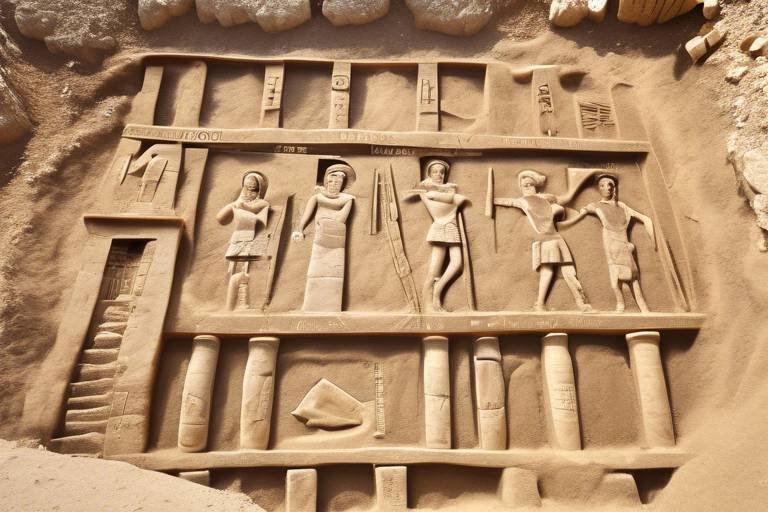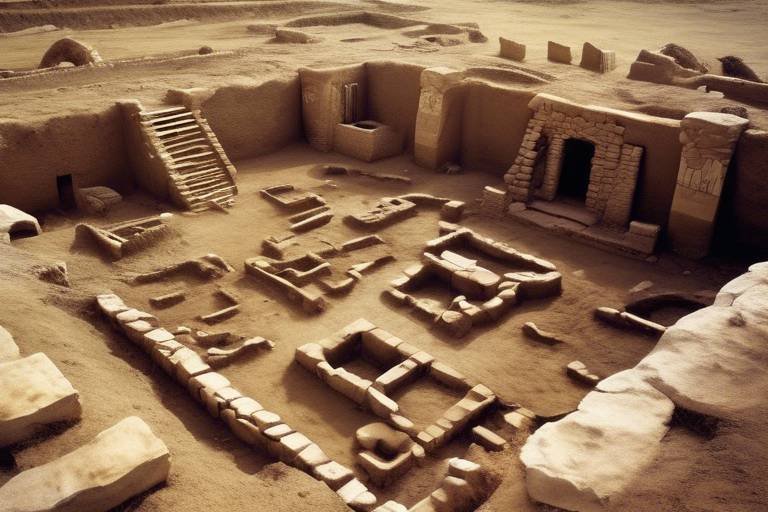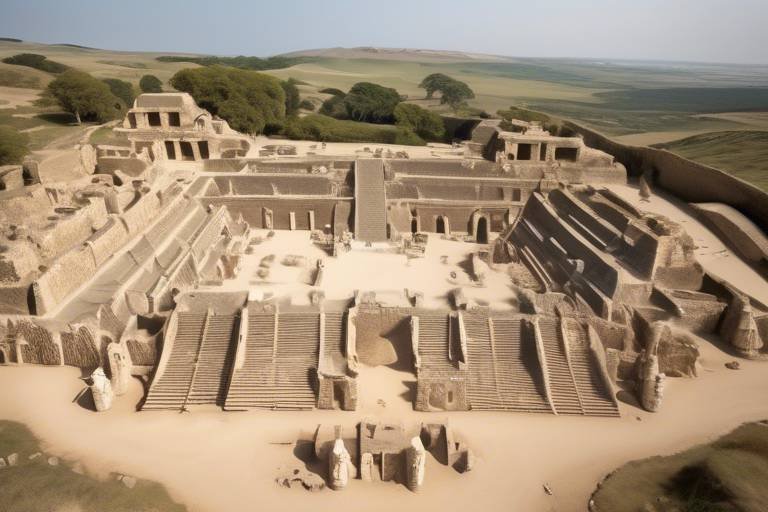The Architecture of the Colosseum - Engineering Marvel
The Colosseum, an iconic symbol of ancient Rome, showcases remarkable architectural and engineering feats. This article explores the design, construction techniques, materials used, and the historical significance of this magnificent amphitheater.
The elliptical shape of the Colosseum, with its tiered seating and underground passages, was carefully planned to accommodate large crowds and various events, reflecting the architectural ingenuity of the Romans.
Roman engineers employed innovative construction techniques such as the use of concrete, arches, and vaults to build the Colosseum, demonstrating advanced engineering skills that have stood the test of time.
The Colosseum was constructed using various materials, including travertine stone, tuff, and brick, each chosen for its durability and aesthetic appeal, showcasing the meticulous attention to detail in its construction.
Beyond its architectural brilliance, the Colosseum holds immense historical significance as a site of gladiatorial contests, mock sea battles, and other spectacles that entertained and captivated the ancient Roman populace.
Q: What events were held at the Colosseum?
A: The Colosseum hosted gladiatorial contests, animal hunts, mock sea battles, and executions among other spectacles.
Q: How long did it take to build the Colosseum?
A: Construction of the Colosseum began in AD 72 and was completed in AD 80, taking approximately 8 years to finish.
Q: What is the capacity of the Colosseum?
A: The Colosseum could hold between 50,000 to 80,000 spectators depending on the event.
Q: Is the Colosseum still used for events today?
A: While no longer used for its original purpose, the Colosseum is a major tourist attraction and occasionally hosts cultural events and concerts.

Design of the Colosseum
The Colosseum, an iconic symbol of ancient Rome, showcases remarkable architectural and engineering feats. This article explores the design, construction techniques, materials used, and the historical significance of this magnificent amphitheater.
The design of the Colosseum is a testament to the ingenuity of Roman architects. The elliptical shape of the structure was not just a random choice but a carefully planned feature. This shape allowed for efficient crowd management and optimal viewing angles for spectators. Imagine the precision required to create such a massive structure with tiered seating that could accommodate up to 80,000 people. The architects also incorporated underground passages and chambers beneath the arena, enabling swift movement of animals, performers, and props, adding a layer of complexity to the design.
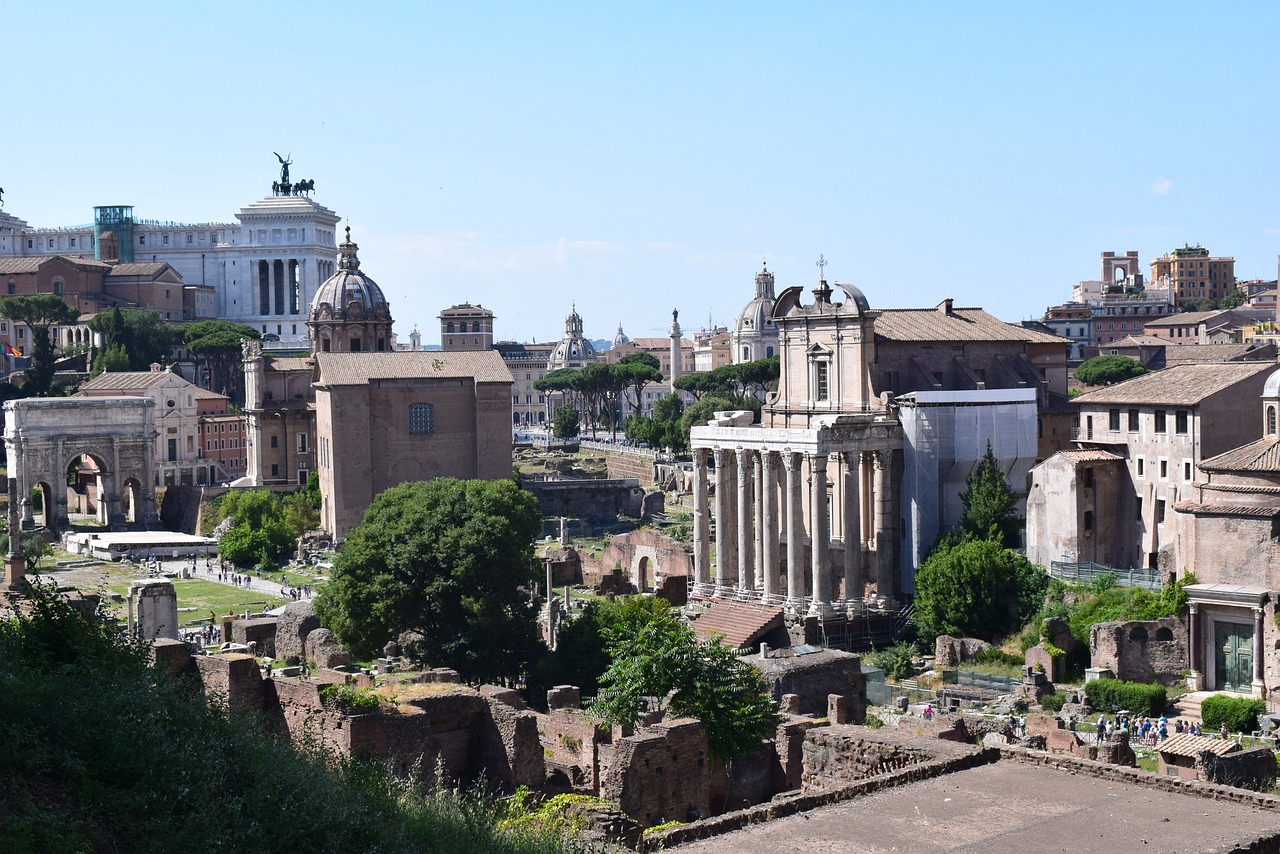
Construction Techniques
The construction of the Colosseum stands as a testament to the ingenious engineering techniques employed by the ancient Romans. One of the most notable methods used in the construction of this iconic amphitheater was the innovative use of concrete. The Romans were pioneers in the use of concrete, which allowed them to create massive structures with unparalleled strength and durability. The Colosseum's concrete core provided a solid foundation for the entire structure, ensuring its stability and longevity.
Furthermore, the skilled Roman engineers utilized the architectural marvel of arches and vaults in the construction of the Colosseum. The use of arches not only added to the grandeur of the amphitheater but also distributed the weight of the massive structure efficiently. The vaulted ceilings inside the Colosseum not only served an aesthetic purpose but also demonstrated the Romans' advanced understanding of structural engineering.
In addition to concrete, arches, and vaults, another key construction technique employed in building the Colosseum was the meticulous craftsmanship of the stonemasons. The use of high-quality materials such as travertine stone, tuff, and brick allowed for intricate detailing and ensured the overall strength and durability of the structure. The precision with which these materials were cut and laid out showcases the exceptional skill and craftsmanship of the artisans involved in the construction process.
Moreover, the amphitheater's tiered seating structure was a result of careful planning and precise construction techniques. The tiers were arranged in a way that provided optimal viewing angles for the spectators, ensuring that everyone in the massive crowd could witness the events taking place in the arena. This thoughtful design not only enhanced the overall spectator experience but also highlighted the Romans' attention to detail in every aspect of the Colosseum's construction.
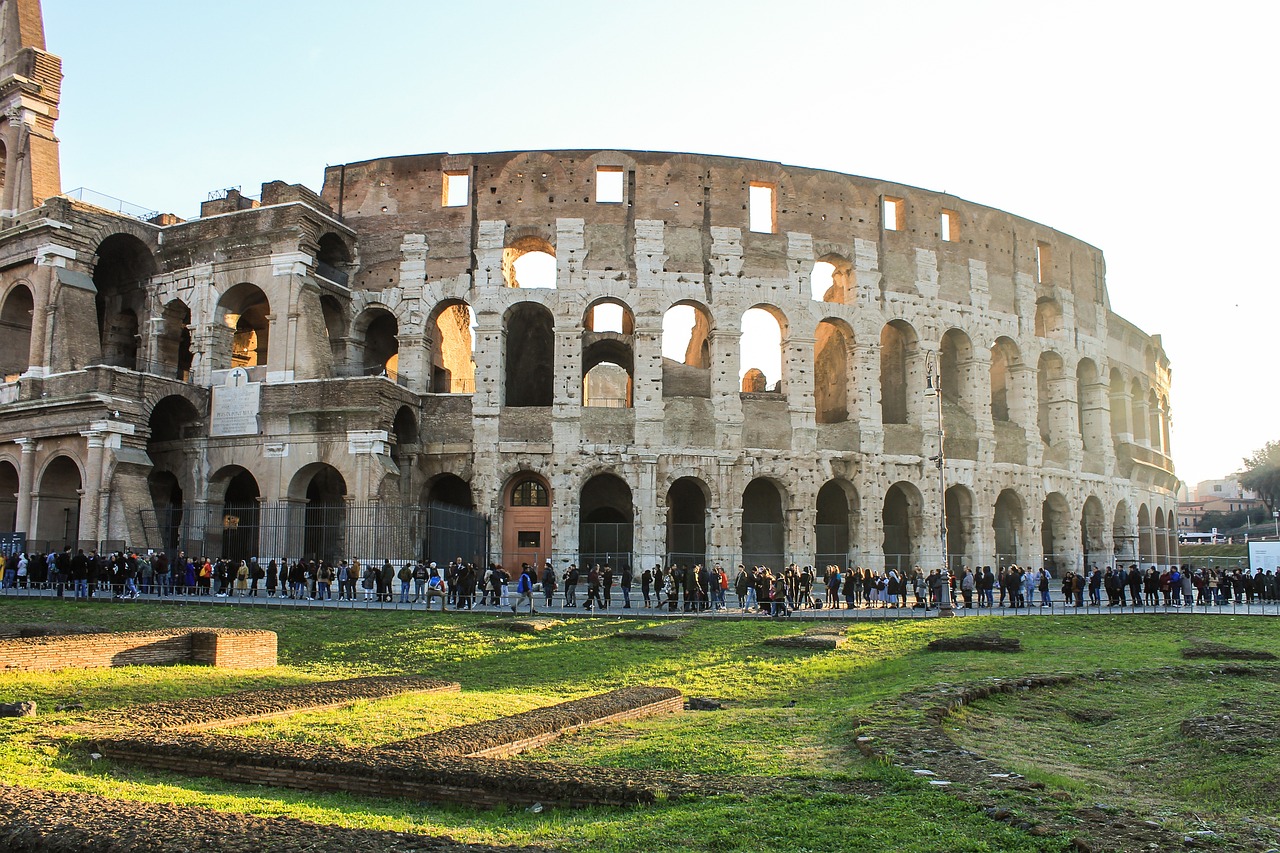
Materials Used
When it comes to the materials used in the construction of the Colosseum, it's evident that the ancient Romans spared no expense in selecting the finest and most durable materials available at the time. The primary materials utilized in the construction of this architectural marvel were travertine stone, tuff, and brick.
Travertine stone, a type of limestone formed by mineral deposits from hot springs, was the main building material for the outer facade of the Colosseum. Its light color and durability made it an ideal choice for withstanding the test of time and the harsh Roman climate.
Additionally, tuff, a volcanic rock consisting of consolidated volcanic ash, was used in the inner core of the Colosseum's walls. This material provided structural stability and insulation, ensuring the amphitheater's longevity and strength.
Brick, another essential component of the Colosseum's construction, was used in conjunction with concrete to create the arches and vaults that supported the massive structure. The use of brick allowed for intricate detailing and added strength to the overall design of the amphitheater.
Overall, the meticulous selection of materials, including travertine stone, tuff, and brick, not only contributed to the structural integrity of the Colosseum but also added to its aesthetic appeal. The combination of these materials showcases the craftsmanship and attention to detail that went into creating this enduring symbol of ancient Rome.
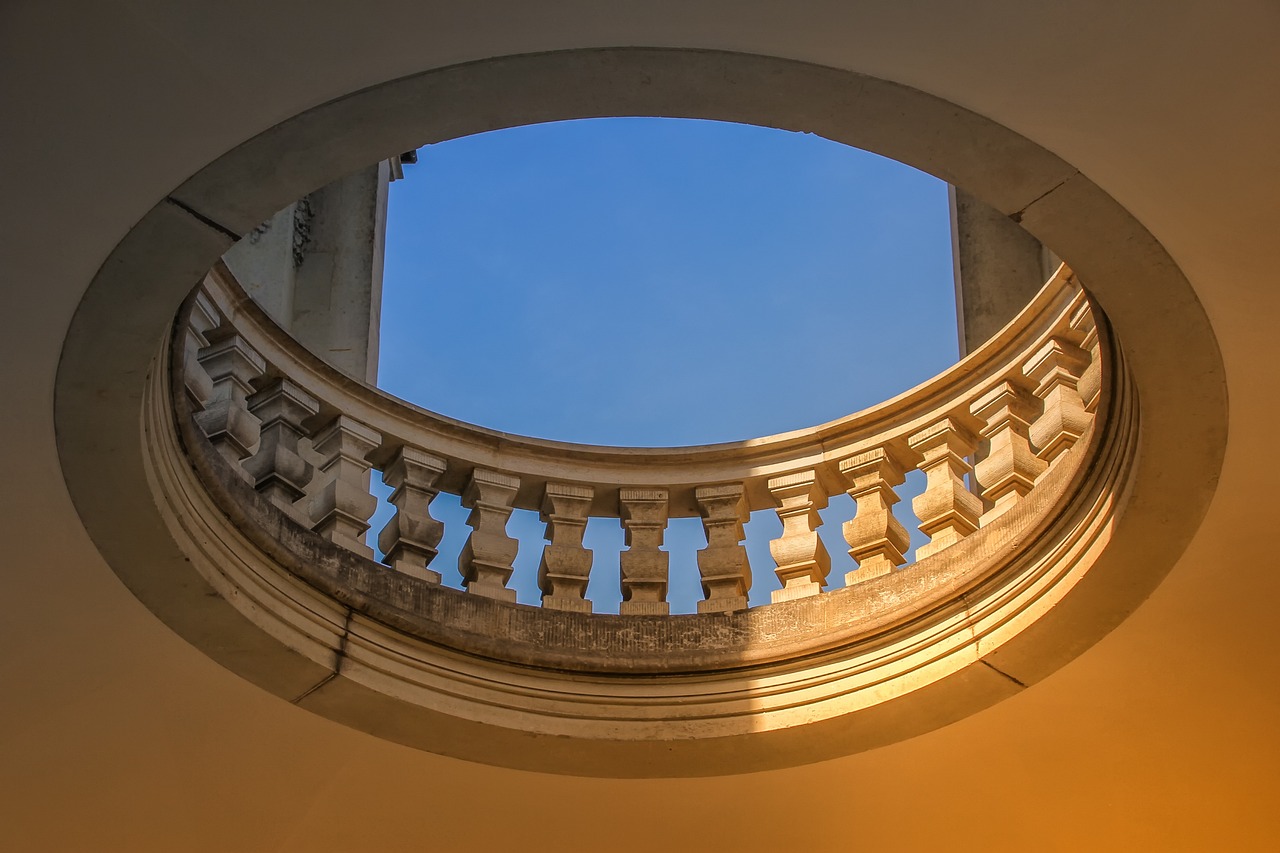
Historical Significance
The Colosseum stands as a monumental testament to the grandeur and extravagance of ancient Roman entertainment. Its historical significance transcends mere architectural wonder, delving into the very heart of Roman society and culture. This iconic amphitheater served as the stage for a myriad of spectacular events that defined the era.
Gladiatorial contests, where skilled fighters battled to the cheers of the crowd, were a central feature of the Colosseum's offerings. The roar of the spectators, the clash of swords, and the ultimate display of bravery and skill all unfolded within the massive walls of this engineering marvel.
In addition to gladiatorial combat, the Colosseum hosted elaborate mock sea battles known as naumachiae. Filling the arena with water, these naval reenactments captivated audiences with their realism and grandeur, showcasing the Romans' penchant for dramatic and immersive entertainment.
Moreover, the Colosseum witnessed a variety of other events, including animal hunts, executions, and theatrical performances. Each spectacle served to enthrall and engage the Roman populace, offering a glimpse into the diverse forms of entertainment that flourished in ancient times.
Furthermore, the Colosseum symbolizes the power and authority of the Roman Empire. As a symbol of imperial grandeur, it stood as a physical manifestation of Rome's dominance and cultural superiority, instilling awe and reverence in all who beheld its magnificence.
Frequently Asked Questions
- What is the significance of the Colosseum?
The Colosseum is not just an architectural marvel but also a historical landmark that hosted various events like gladiatorial contests and mock sea battles, providing entertainment to the ancient Romans.
- How was the design of the Colosseum unique?
The elliptical shape of the Colosseum, along with its tiered seating and underground passages, showcased the innovative architectural planning of the Romans to accommodate large crowds and diverse events.
- What materials were used in the construction of the Colosseum?
The Colosseum was built using durable materials such as travertine stone, tuff, and brick, carefully selected for both strength and aesthetic appeal, highlighting the meticulous craftsmanship of its builders.
- What construction techniques were employed in building the Colosseum?
Roman engineers utilized advanced techniques like concrete, arches, and vaults to construct the Colosseum, showcasing their engineering prowess and leaving behind a lasting legacy of architectural excellence.




